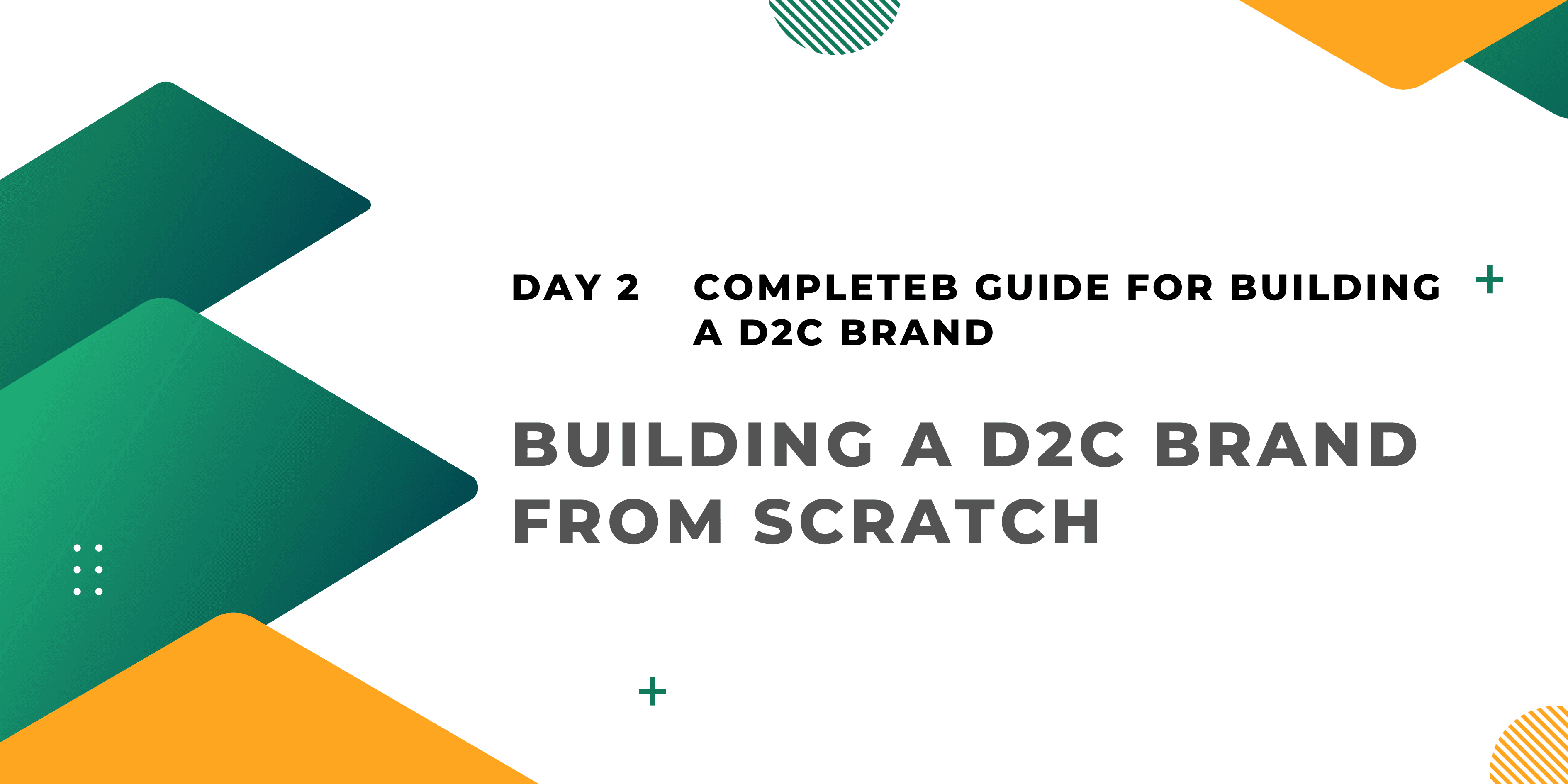Step-by-Step Guide to Starting Your D2C Brand in 2025

Starting a Direct-to-Consumer (D2C) brand in 2025 is one of the most exciting opportunities for entrepreneurs. With the global shift toward digital-first shopping, brands no longer need deep-pocketed distributors or massive retail networks to succeed. Instead, they need clarity in niche, strong branding, and a seamless digital presence.
Here’s a step-by-step guide to help you build your D2C brand from scratch in 2025.
1. Identify a Niche & Product-Market Fit
The first step to building a successful D2C brand is understanding who you want to serve and what problem you’re solving.
Why this matters:
The D2C market is crowded. Without a clear niche, your brand may blend into the noise.
How to find your niche:
- Look for gaps in the market (unmet customer needs).
- Analyze competitors – what’s missing in their offering?
- Focus on demand and differentiation.
- Validate with surveys, pre-orders, or an MVP (minimum viable product).
Example: Mamaearth entered the crowded skincare market but stood out by focusing on toxin-free, natural products targeted at young parents.
2. Choose the Right E-Commerce Platform
Your digital storefront is your first impression. The right platform determines ease of use, scalability, and customer experience.
Top Options for 2025:
- Shopify – Best for startups and scaling brands.
Easy to set up, large app ecosystem, reliable support. - WooCommerce (WordPress Plugin) – Best for content-driven brands.
Flexible, cost-effective, good for SEO-driven growth. - Custom-Built Store – Best for high-growth or unique products.
Full control, advanced personalization, but higher cost and maintenance.
Tip: Start lean. Many successful D2C brands launched with Shopify or WooCommerce, then scaled to custom platforms.
3. Branding Essentials: More Than Just a Logo
In D2C, brand is everything. Customers aren’t just buying a product; they’re buying into your story, values, and experience.
Key Branding Elements:
- Storytelling
Share the reason behind your brand.
Connect emotionally with your target audience.
Example: Boat markets itself as a lifestyle brand for young, energetic Indians, not just an electronics brand. - Visual Identity
Logo, colors, typography, and packaging.
Maintain consistency across website, ads, and social media.
Aesthetic matters – 70% of first impressions online are based on design. - Trust-Building
Clear return and refund policies.
Authentic reviews and testimonials.
Certifications (organic, cruelty-free, etc.) where applicable.
Transparency about ingredients, sourcing, and processes.
The 2025 Advantage for D2C Founders
Unlike a decade ago, launching a D2C brand today is easier than ever:
- Social media and influencer marketing allow instant reach.
- Low-code/no-code tools make e-commerce setup faster.
- Digital payments and logistics partners handle scaling challenges.
The challenge is not starting but standing out. Your niche, brand story, and customer trust will define your growth.
Final Takeaway
Building a D2C brand from scratch in 2025 is about clarity, creativity, and consistency:
- Clarity in niche and audience.
- Creativity in branding and storytelling.
- Consistency in customer experience.